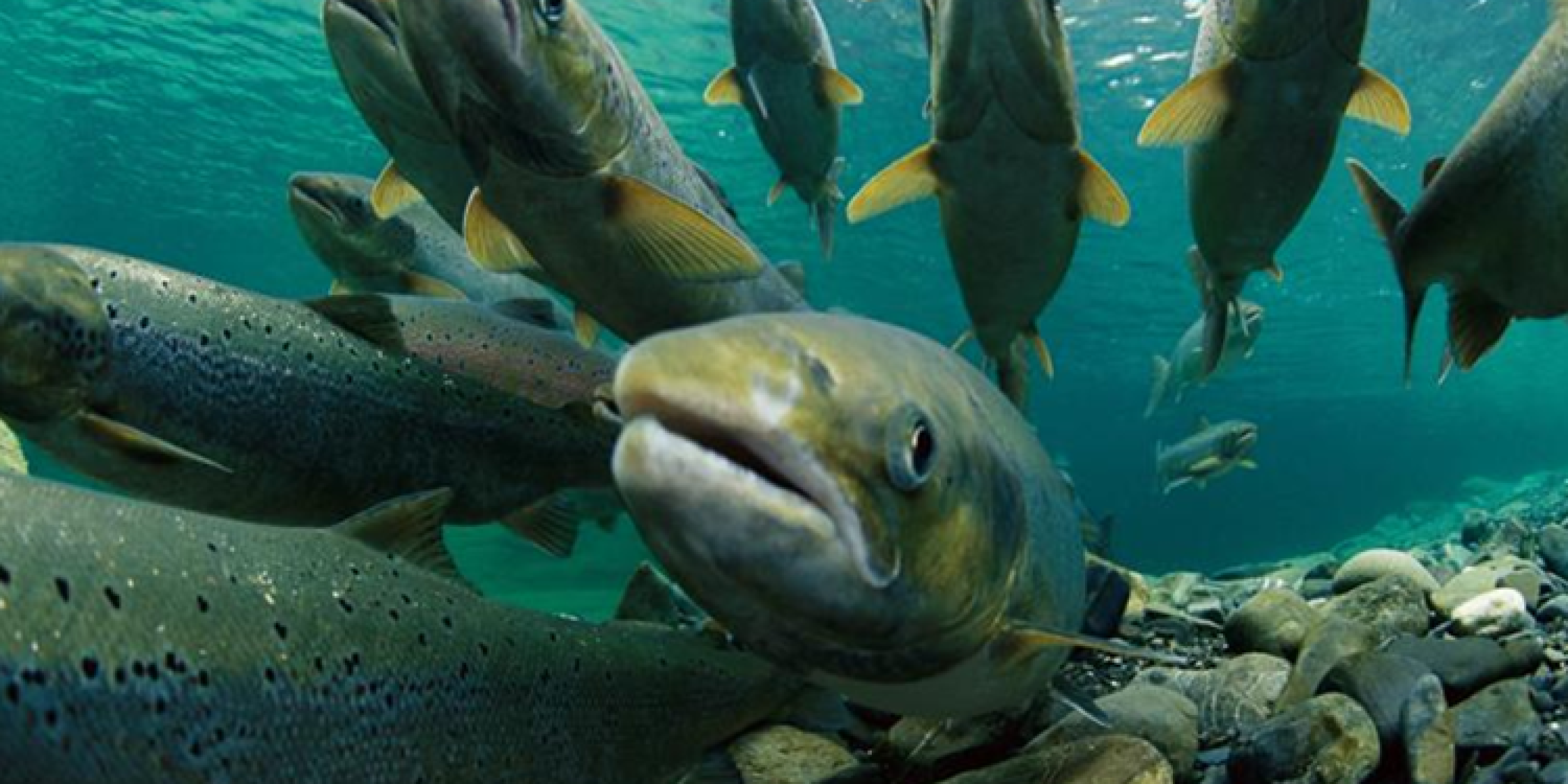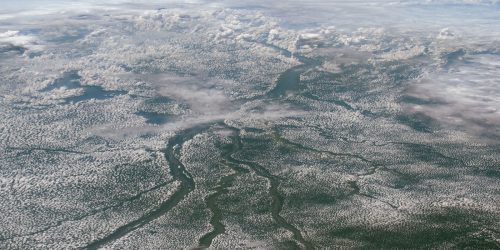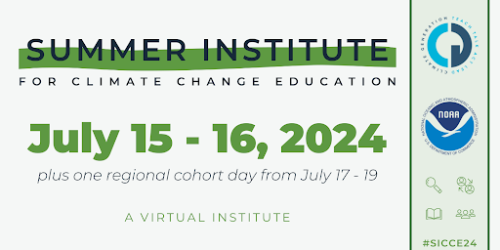A new study, funded by the Climate Program Office’s Climate Variability & Predictability (CVP) Program, uses novel observational data for the first time to analyze forecasts of acidity and oxygen at the ocean’s surface and subsurface. Climate change is causing rapid changes in the global ocean: strong warming, increasing acidity, and declining oxygen trends. A team of CVP-supported researchers from NOAA’s Southwest Fisheries Science Center, University of Colorado, Boulder, and Brown University, addressed the growing need to predict these short-term changes to better inform marine fisheries managers. CVP supported this work to evaluate the ability of current forecast systems in the California Current System.
The results of this study, published in Earth’s Future, assessed the prediction skill of the Community Earth System Model (CESM) Seasonal to Multiyear Large Ensemble (SMYLE) using three observation-based datasets of temperature, dissolved inorganic carbon, and dissolved oxygen. Few previous studies have considered forecast skill with all these factors simultaneously, and even fewer below the ocean’s surface. Their work produced a highly skilled forecast up to ten months, demonstrating a high potential to predict warming, acidity, and oxygen levels in key marine ecosystems with this climate model. Predictions with these dynamic inputs could support actionable advice for decision-making. The regions with the strongest forecast skill, particularly in the North Pacific, hold very large and important fisheries. The continued development of forecasting systems and detailed observation-based products may allow for improved marine management in the coming decades. This project is part of the on-going Decadal Climate Variability and Predictability studies which aim to identify the state, mechanisms, and sources of climate predictability on the interannual to decadal timescale.
For more information, contact Clara Deck.
Image credit: NOAA Fisheries










